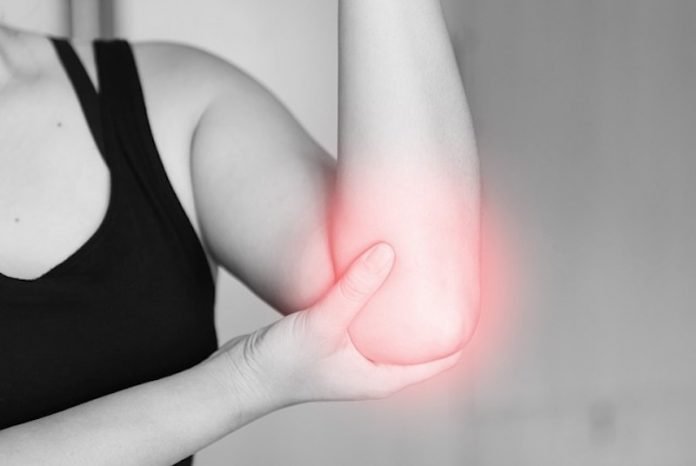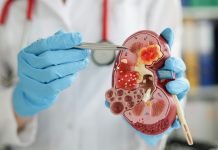
In a new study, researchers found a new possible way to rebuild complex body tissues, which could result in more lasting fixes to common injuries, such as cartilage degeneration.
The research was conducted by a team at the University of Pennsylvania.
In humans, tissues like cartilage can often break down, causing joint instability or pain. Often, the breakdown isn’t in total but covers an area, forming a hole.
Current fixes are to fill those holes in with synthetic or biologic materials, which can work but often wear away because they are not the same exact material as what was there before.
It’s similar to fixing a pothole in a road by filling it with gravel and making a tar patch: the hole will be smoothed out but eventually wear away with use because it’s not the same material and can’t bond the same way.
What complicates fixing cartilage or other similar tissues is that their make-up is complex.
In the study, the team used a magnetic field and hydrogels.
They found that they were able to arrange objects, such as cells, in ways that could generate new, complex tissues without having to alter the cells themselves.
Others have had to add magnetic particles to the cells so that they respond to a magnetic field, but that approach can have unwanted long-term effects on cell health.
Instead, the team manipulated the magnetic character of the environment surrounding the cells, allowing us to arrange the objects with magnets.
They say that these magneto-patterned engineered tissues better resemble the native tissue, in terms of their cell disposition and mechanical properties, compared to standard uniform synthetic materials or biologics that have been produced.
By locking cells and other drug delivering agents in place via magneto-patterning, the researchers can start tissues on the appropriate trajectory to produce better implants for cartilage repair.
While the technique was restricted to in vitro studies, it’s the first step toward potential longer-lasting, more efficient fixes in living subjects.
One author of the study is Hannah Zlotnick.
The study is published in Advanced Materials.
Copyright © 2020 Knowridge Science Report. All rights reserved.




